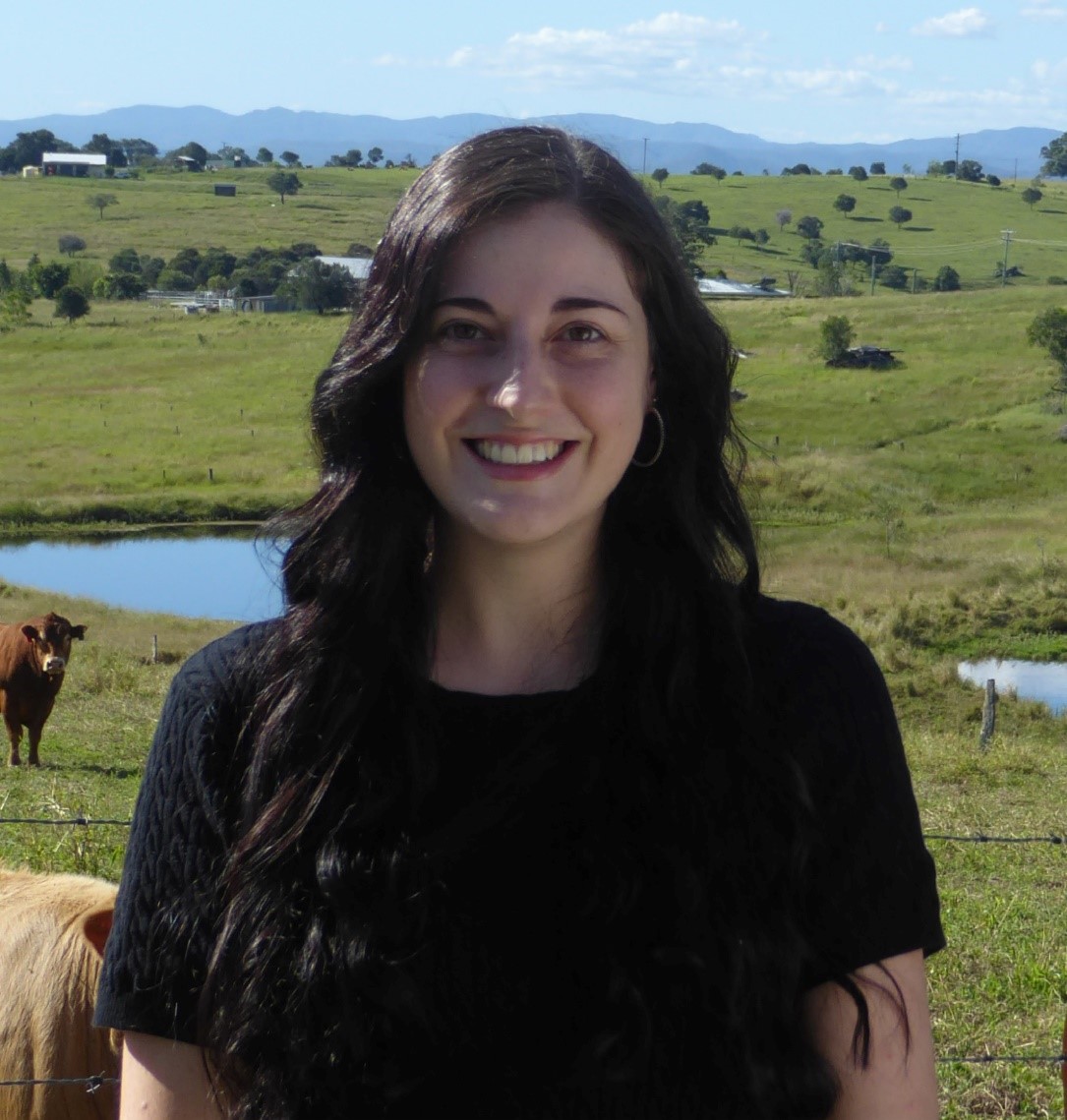
A study has captured the perspectives of 367 Australian beef producers on issues of sustainability, greenhouse gas emissions and perceptions of public support for their industry.
The research was recently conducted by The University of Queensland, the University of Western Australia and supported by Meat and Livestock Australia.
Lead author of the study, and former UQ PhD candidate Dr Taylah Faulkner, said that most producers feel the industry, and their own businesses, are doing well, but producers focus on different things when it comes to ‘sustainability’.
“For example, only a minority of producers see policy and action on greenhouse gases as an opportunity for their industry,” Dr Faulkner said.
“And beef producers have mixed views on whether the Australian public supports them.
“Many producers feel that the media focuses too much on negative stories about their industry and that this is affecting public attitudes.
“Some producers are feeling threatened by pressures that they see as coming from outside their industry, and they link this to a perception of a misinformed public.
“The sense of threat, and perceived lack of public support, leaves some producers feeling quite vulnerable which needs to be better understood to design effective engagement that meets people where they are.
“The ‘early adopters’ are not where the hard work is needed.”
Such insights can inform industry communication strategies, particularly when it comes to internal engagement on complex and sometimes challenging issues that fall under the ‘sustainability’ heading.
Dr Bradd Witt said the team hopes to be able to continue some of this research as part of the CRC Zero Net Emission in Agriculture (ZNE Ag).
“There is a lot happening in agriculture and the beef industry and emissions targets are only one part of this complexity,” he said.
“A better understanding of how producers and interact with these challenges is important for improving the overall adoption environment and building resilience in agricultural and food systems.”
The paper is published in The Rangeland Journal.



